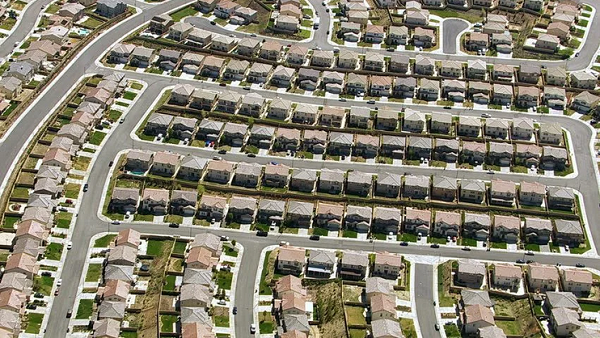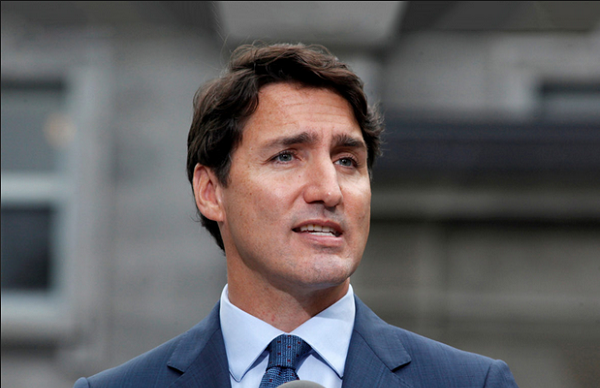Pump prices should be falling within days, this could spell some savings when you fill up
Drivers could soon be getting a break at the pumps thanks to the plunging price of oil, economists say — and that could also mean a drop in inflation.
Pump prices should be falling within days, said veteran energy analyst James L. Williams, founder of WTRG
“The rule of thumb is that it’s a little slower to react when the price is going down than when the price is going up,” said Williams. “But you’re going to see the price at the pump change within a week. And in most cases, less than a week.”
For every $1 (U.S.) drop in the price of a barrel of oil, there should be a fall of roughly 9 tenths of a Canadian cent per litre of gasoline at the retail level, Williams said. That means the crude drop since Sept. 27 could bring a price break of almost 11 cents a litre when you fill up.
The drop in crude prices, including a fall of more than $5 a barrel Wednesday alone, was caused by fears of a slowing global economy, which would result in a drop in demand, Williams said.
“It’s kind of the obvious. ‘We’re not sure about the economy,’” said Williams of the reaction by global commodities traders.

Wednesday, the U.S. Energy Information Administration released data showing that the inventories of crude oil on-hand at American refineries had dropped by 2.2 million barrels in the last week. Ordinarily, that would have pushed the price of oil higher, as it meant refineries had been busy cranking out more finished gasoline, said Williams. But that drop was swamped by news that inventories of gasoline had risen by 6.5 million barrels, the largest weekly rise in a year and a half.
Pedro Antunes, chief economist at the Conference Board of Canada, agreed that the falling oil price should mean relief for drivers.
“There’s a clear link between oil prices and the retail pump prices. The biggest input is the price of oil,” said Antunes, adding that there’s a much quicker change in the price of finished product when it comes to oil and gasoline than there is with other commodities like grain being turned into finished food products.
“On oil, the supply chain is much shorter and we see the impact very quickly,” said Antunes.
That, suggested Antunes, means that the official rate of inflation could soon be dropping as a result.
“As much as we like to … consider core inflation, obviously gasoline prices are a huge part of our inflation basket, and have a huge impact,” said Antunes.
Unlike some other parts of the Consumer Price Index — a broad-based measure of inflation monitored by Statistics Canada — people can’t quickly adjust how much gasoline they use, Antunes said.
“When pump prices come up, demand is inflexible. People feel that pinch,” Antunes said.
In August, the annual rate of inflation rose to 4 per cent in August from 3.3 per cent in July and 2.8 per cent in June, with energy prices accounting for much of the increase.
In March 2022, the Bank of Canada began an aggressive rate-hike campaign in a bid to drive inflation down. Before the campaign, the bank’s key overnight lending rate sat at 0.25 per cent. Now, it’s at five per cent, the highest in 22 years.
The bank’s next rate announcement comes Oct. 25.
This article was reported by The Star















